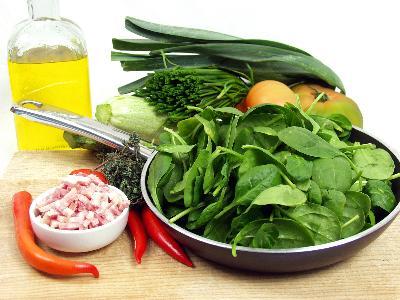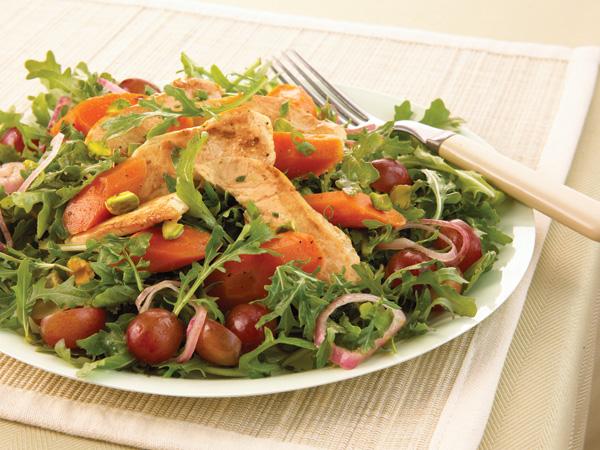Sodium has a direct impact on blood pressure, but is also an essential part of a healthy diet. However, it needs to form a very small part of your daily diet, and if you happen to suffer from high blood pressure, or heart and kidney related problems, it is best to cut back in every way you can. The excessive intake of sodium can also lead to causing these problems, so keeping sodium intake down to 2 grams per day is beneficial for everyone.
Begin by starting to keep a food diary. Once you have kept track of what you usually eat for around a week or two, you can pinpoint particular components and patterns in your eating habits, and single out products and ingredients that need to be eliminated from your diet, in order to cut down on sodium. This way, you will be able to go about it in a methodical way, as opposed to doing it erratically.
Focus on cutting back gradually. If you think about eliminating all sources of sodium in your diet from day one, it seems like an impossible and tiring task – take it one step at a time. You can create a list of foods and products that contain sodium, and cut back one product at a time. Once you’ve eliminated one food from your diet, cross it off the list, and move onto the next – this way, you will gradually train yourself to follow a sodium-free diet.
Be smart about what you buy. Instead of robotically throwing things into your shopping cart at the grocery store, start reading the labels on products. You can also take along the list of food you have eliminated from your diet, to make sure you don’t buy anything that is mentioned on it. Look at the ingredients on labels, and if you spot sodium, or an excess of salt, refrain from purchasing that product.
Stop using salt in your food. Again, this is a practice that is difficult to adopt, so start by gradually decreasing the amount you use, until you feel comfortable enough to cut it out of your diet altogether. In order to make it easier, start using flavourful herbs and spices, as well as pungent ingredients like lemons, garlic, and ginger and onions, to make sure your food still tastes great.
Finally, if you happen to be eating out, request that the chef prepare a special sodium-free version of the dish you plan to order. Speak to your waiter about this, and to help the process along, order foods that are naturally low in sodium, such as whole grain breads, fresh vegetables and fruits, pasta, potatoes, beans, and rice. Refrain from ordering things like salted or smoked meats or fish, and cottage or feta cheese, as these contain a lot of sodium.
Tips & Warnings:
– Consult your doctor before you begin cutting back, in order to determine whether you should or shouldn’t, and how you should go about it.





Can anyone tell me which food items and condiments I should cut on to reduce sodium in my diet.
Avoid using canned or processed food, gradually decrease the amount of salt you are used to using in your food, avoid junk food and you will be just fine. There is no magic formula.
A good way will be to stop consuming instant foods such as pasta, rice, and cereals.